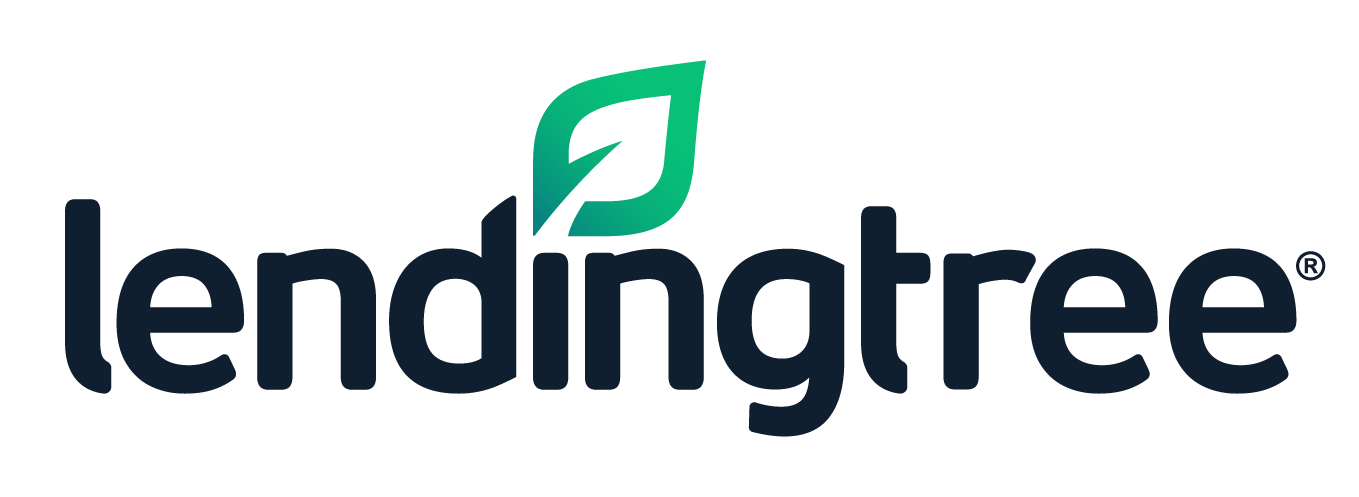Buying a house is an exciting journey, but it is also a big commitment that can seem overwhelming at first glance. And if you’re one of the 8.3 million first-time home buyers predicted to purchase a home between 2020 and 2022, you may have heard a lot of conflicting financial advice.
First-time buyers often don’t realize they can afford to buy a home because of misconceptions surrounding down payments, loans and credit scores. We’re here to help clarify some of those misconceptions. Here’s the truth about six common down payment myths.
Myth #1: Buyers MUST put 20% down.
This is not always the case because minimum requirements vary by loan type and require significantly less than 20% down. Federal Housing Administration (FHA) loans, for example, only require a down payment of 3.5%. Other loans through the Department of Veterans Affairs (VA) and United States Department of Agriculture (USDA) offer 0% interest loans. On a $200,000 home, that is a savings of $33,000 to $40,000 for first-time buyers.
That said, there is merit to putting down 20% because it lessens your monthly mortgage payment, saves you money on interest and negates the requirement for private mortgage insurance.
Myth #2: Down payment assistance requires perfect credit.
Actually, the FHA only requires a credit score of 580 for the 3.5% down payment option, although some lenders do still require a 620 credit score for a low down payment mortgage.
In fact, your score alone will impact your ability to qualify for a better interest rate and more mortgage programs. Plus, requirements for down payment assistance vary depending on the local real estate market and median income, so the higher your credit score, the more likely you are to qualify for assistance.
Myth #3: Paying PMI is better than paying a large down payment.
Private mortgage insurance (PMI) is an additional fee of about 0.5% to 1% of the loan, on average, that is added to your payments until you’ve paid off 20% of the loan. On a $200,000 home, that could mean an additional $1,000-$2,000 annually. There are online calculators that can help you estimate how much you’d by paying towards PMI based on adjusting your down payment.
It makes sense to skip a larger down payment in favor of PMI if the property you purchase needs some work before it is move-in ready.
Myth #4: A low down payment may deter sellers from accepting your offer.
Saving money on the down payment gives you more money to spend on closing costs instead of asking for assistance, which some sellers can see as a benefit. Plus, sometimes your personal story can strike a chord with the seller and help you come out on top despite your lower down payment.
A higher down payment helps because it does show you are serious about the purchase and less likely to bail during the process, but it’s not the only factor sellers take into consideration before accepting an offer.
Myth #5: There is no reason to put more than 20% down.
A larger down payment will typically qualify you for a lower interest rate and save you money on interest over the course of the loan.
If 20% down will deplete your cash flow, though, reconsider. It is more fiscally responsible to keep some money in the bank for emergencies than to leave yourself with no backup plan.
Myth #6: You can take out a loan for a down payment.
Mortgage lenders won’t likely approve you if they discover you are using a loan for a down payment on a house. Taking out a loan specifically for a down payment could also impact your credit score, causing you not to qualify for the mortgage when it’s time to finalize.
If you don’t quite have enough for a down payment, you may need to lower your budget or hold off on buying a home until you’ve saved up a little more. It’s always better to err on the side of caution rather than take on more debt than you can handle.
While buying a home can seem overwhelming, it should also be a memorable experience. Don’t let these common down payment myths keep you from buying your first home. Review available options with your realtor and lender to know what you can afford and which steps to take next.










